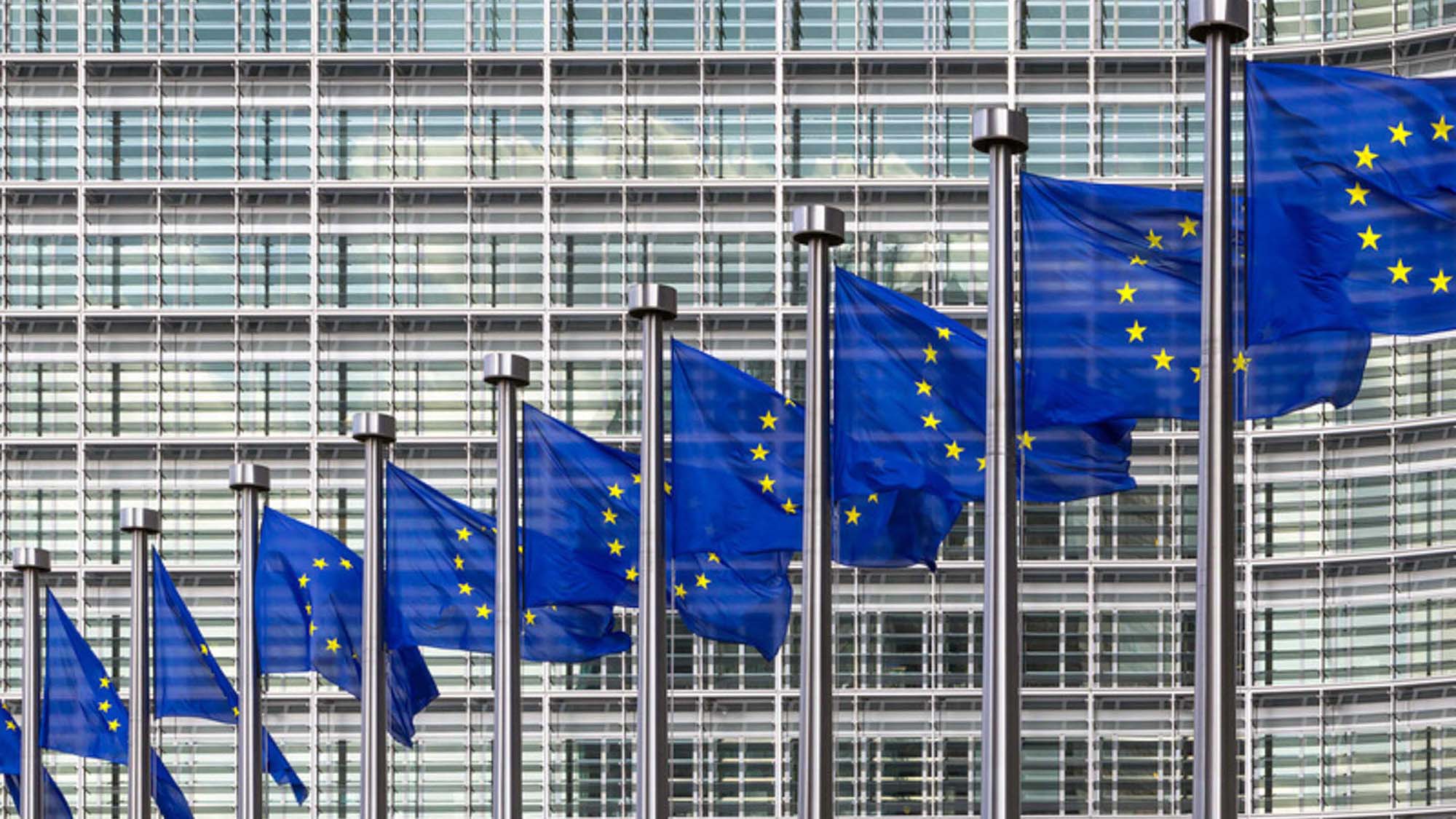3 key points to the European Green Deal
The deal includes fifty actions which affect several industries as well as cross-cutting provisions.

Nov 26, 2021

This past December, the European Commission released the “European Green Deal”, which contains a proposal of measures to tackle climate change and become the first climate-neutral continent by 2050.
Reflecting commitment to legislation
The European Commission wants to confirm its commitment to climate-neutrality in a “European Climate Law” by March 2020, which will impact all industries, as well as an Action Plan to increase the EU’s greenhouse gas reduction targets to 50% for 2030 by Summer 2020. This will modify relevant “climate-related policy instruments,” including the Emissions Trading System. Furthermore, they also plan on putting a spin on the Energy Taxation Directive, and making it more environmentally-oriented.
One of the issues is the existing discrepancies between countries to commit to these promises. If differences in legislation persist, the Commission will also propose a carbon border-adjust mechanism for some industries.
Transforming the EU’s economy
The European Commission is aiming to facilitate a transition towards a green economy by adopting an EU industrial strategy in March 2020, as well as a new Circular Economy Action Plan, in order to stimulate the creation of climate neutral and circular products in the EU market. This should also encourage consumers and public administration to choose them over more harmful goods.
The Commission will also explore how digital technologies and AI can help this transition by ensuring this sector works sustainably and follows the same direction towards circular products. Legal requirements to improve the market for secondary materials, such as raw materials for vehicles and batteries, will be considered. The Commission will work with the European Battery Alliance in order to propose legislation in 2020 aimed at facilitating a “safe, circular, and sustainable battery value chain.”
Pursuing green finance
The Action Plan also compiles specific actions on the role the financial sector in funding the green transition. One quarter of the EU’s total budget will be used to fund this transition, including the Just Transition Mechanism for regions/sectors disproportionately impacted by the shift. The European Investment Bank will aim to double up their funding for sustainable projects by 2025. A Sustainable Finance Investment Plan will be issued as well as an updated sustainable finance strategy in 2020. The Commission will review the Non-Financial Reporting Directive in order for companies to reveal how companies are dealing with these challenges.
How does the Green Deal affect mobility?
The Commission hopes to reduce greenhouse gas emissions caused by transport by 90% by 2050 through changing legislation on CO2 performance standards for cars by 2021. They also aim to boost the use of sustainable and alternative transport fuels by increasing the number of public recharging/refuelling stations up to 1 million by 2025. A new strategy for sustainable and smart mobility is expected to be adopted in 2020 in order to provide more “affordable, accessible, healthier, and cleaner” means of transport.
Subscribe to get industry tips and insights

Pilar Cervigón is a Marketing Manager, Mediterranean for Geotab with a background in media journalism. She is passionate about technology (IoT, Big Data, EVs and Connected Car), nature and literature.
Subscribe to get industry tips and insights
Related posts

The $4B Crisis: Video Intelligence as the Answer to Fleet Distraction
December 2, 2025
3 minute read

The True Cost of Cargo Theft: When Customer Trust is on the Line
November 24, 2025
2 minute read

Law enforcement technology: Four trends to know for 2026
November 7, 2025
6 minute read

Four seasons of fleet intelligence with Geotab's Public Works solution
November 7, 2025
2 minute read

Infographic: What are the ripple effects of school bus driver turnover?
November 6, 2025
1 minute read

Slash fleet costs: Key strategies for a stronger police budget
October 14, 2025
5 minute read